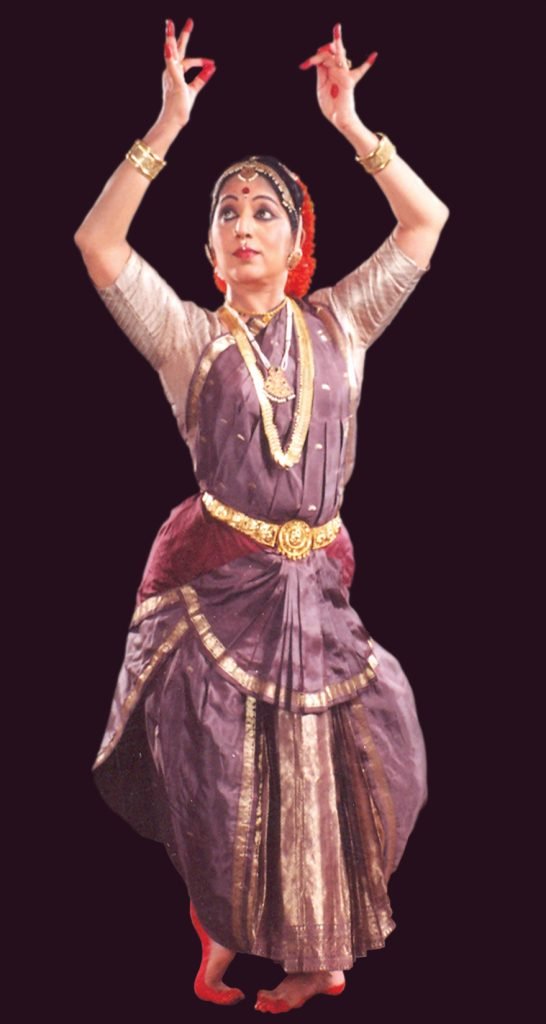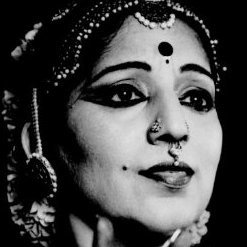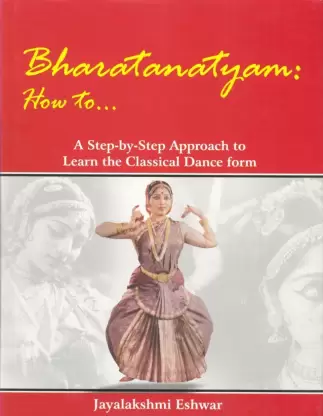
Among the many styles of dance that we have on the subcontinent. It is perhaps Bharatanatyam which represents the dancer as Goddess; her costumes, her jewellery, her stance, the clear and precise geometries of the dance, its meaning, its techniques that reveal the
visionary four dimensional geometries of Inner space in three dimensional sections.While the dance is seen on stage in front of an audience, yet it takes form in an invisible, mystical world from which the dance itself is believed to have emerged.
Jayalakshmi Eshwar’s book – “Bharatanatyam: How to…” states in simple terms all the first steps that are necessary to enter this world of dance. It would be an invaluable reference for students and teachers alike.
A Bharatanatyam exponent par excellence, Jayalakshmi Eshwar is an internationally renowned performer, choreographer, teacher and author. Her in-depth and meticulous training unde the aegis of Kalakshetra, Chennai of late Rukmini Devi Arundale, has made her style innovative, traditional. Her creative genius has won her several laurels
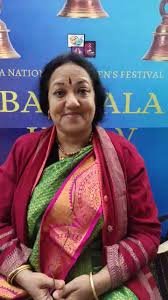
both on stage and on camera in India and world over. She has also enacted as the Tanjore dancer in the award winning classical Kannada film “Hamsa Geethe” of G. V. lyer. She is the recipient of the Sangeeth Natak Akademi’s Senior Fellowship and is the Founder- Director of Abhinayaa – a Centre for Bharatanatyam in Delhi. She also heads the department of Bharatanatyam
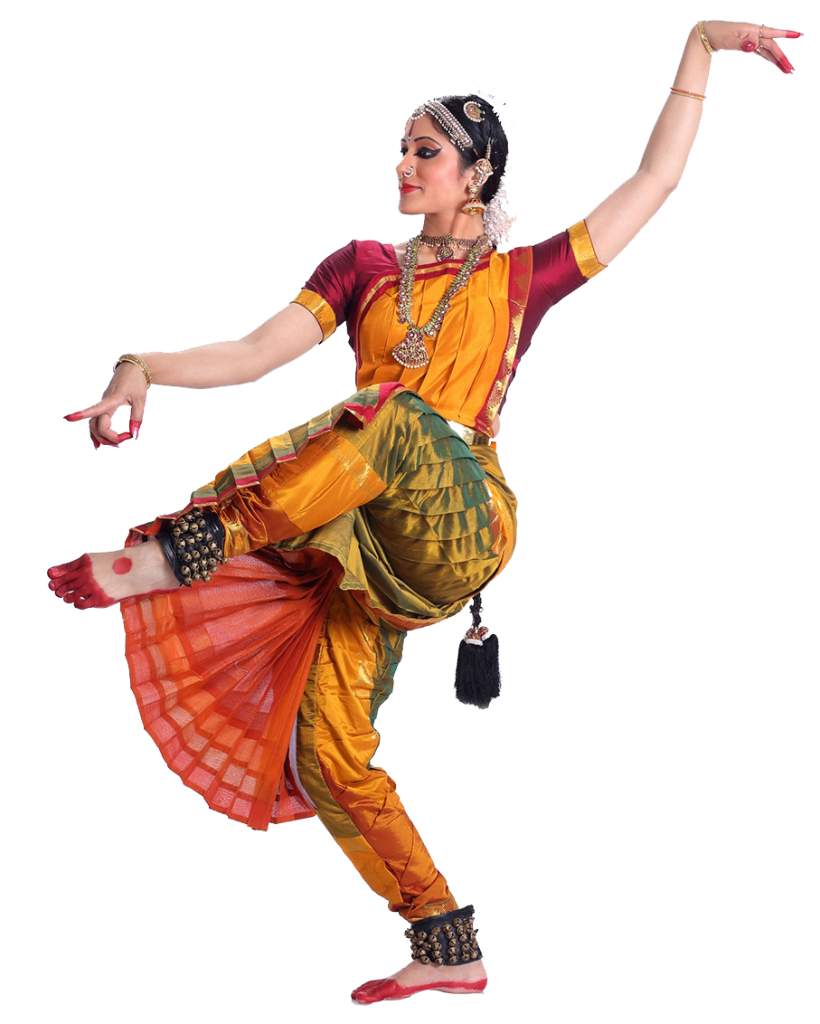
Jayalakshmi is also associated with CCRT and NCERT in bringing out the Art Education Publications.Presently residing in New Delhi, India, she is actively performing in both solo and group productions in India and abroad with the Abhinayaa dance troupe.
Preface
When I look back, my life has been devoted to performing, choreography and above all, to the noble profession of teaching Bharatanatyam, sharing whatever knowledge I possess with my students.A child has to have an open mind when he/she goes to the Guru. To make the learning more fruitful and meaningful, the student embarks on a long and arduous journey from the exploration of self to the achievement of the pinnacle of glory.
Achieving the goal is not as easy as it may seem. It requires immense dedication and hard work and no doubt, an inborn talent or aptitude for fine arts.
Whenever a student joins the Dance Class, he or she wishes to have a book to fall back upon. It is always been a great task for me as a teacher to dictate or to write notes for each and every student so that he or she understands the theory of dance and also its practice. At that stage, even a simple movement appears complicated. Also, one question that is always asked of me is whether I could suggest a book, that would help the student in understanding the basics of dance. Also a guide book which would assist the senior students when they take up to teaching carrier.
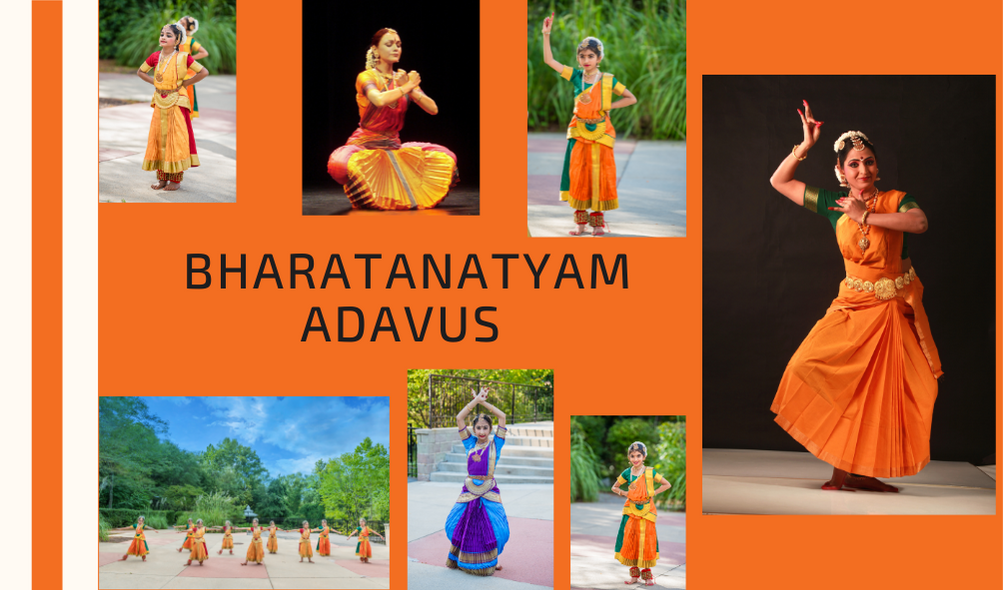
The basic purpose of this book is to present all the principles, methods and techniques of Bharatanatyam in a simple, systematic and comprehensive manner.Bharatanatyam adavus are the basic dance steps that form the foundation of this Indian classical dance.
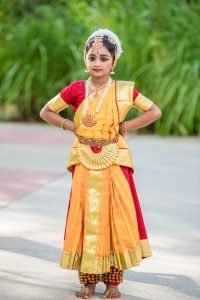
Each Adavu has a specific name and is performed in a special way. There are different types of advus, each with a different purpose. For example, Korvai Adavus are used to create patterns on the floor, while Nritta Adavus displays the rhythmic skill of the dancer. As you learn Bharatanatyam, mastering a variety of exercises is essential. Only then will you be able to execute the dance movements with grace and precision. With regular practice, you will be able to perform the most complex dance steps flawlessly. So what are you waiting for? Start your Bharatanatyam journey today and explore the world of Adavus!
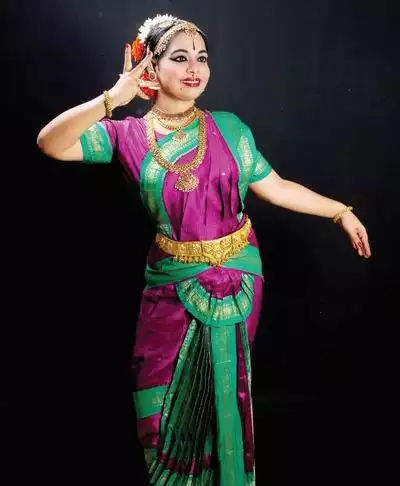
Foreword
It is possible to learn dance pretty quickly if you are taught by a teacher who has a grasp of the inner impulses of the dance. This is even more true if the student is very young and has limbs which are flexible in the
dancer’s sense of the word and which are yet grown fully and readied. While the flexibility of the limbs is an asset at the time of learning, it has nothing to do with the art in real terms except that the best trained limbs are by themselves good to watch in motion. They are the best alternative if dance does not have that curious indefinable inner quality which makes Bharatanatyam at its highest, closer to prayer than to physical beauty or the power of performance alone.
Among the many styles of dance that we have in the subcontinent, it is perhaps Bharatanatyam which represents the dancer as Goddess; her costumes, her jewellery, her stance, the clear and precise geometries of the dance, its meaning, its techniques that reveal the visionary four dimensional geometries of the inner space in three dimensional sections. This is also why the grammar of its steps, posture and motion have a certain mathematical formality to it which is what makes it possible for the dancer to represent the inherent laws of the universe by implication through well-known myths and stories. The ability to hint at this insight through dance is a measure of the dancer’s greatness.
Appreciation
I am happy that I have the book “Bharatanatyam : How hands, a book written specially for students of my Bharatanatyam.
The author, Jayalakshmi Eshwar, has been associated with the Triveni Kala Sangam for the past three decades. She has fostered the Kalakshetra tradition in the Capital as Guru, choreographer and performer of traditional art is, indeed unique.

Her creativity and innovation fall within the norms handling and conveying contemporary issues in a manner This book brings out yet another dimension of her disposition perpetuator of the art form, adding One more feather to her cap.I have known her personally for long
and her commitment to the art form is incredible.
My best wishes are with her always and hope she brings out publications about Art and Culture in future too.
Contents
Acknowledgement
Preface 
Foreword
Appreciation
Who’s Who
Bharatanatyam-A Classical Art
The Origin of Dance
-The Three-fold Divisions of Natya
Shiva 
Taalas
Adavus
Karanas
Hastha mudras
Paadha bhedhaahs
Important feet and hand
Dancers workout
Adavus workout
Lessons
Photo Credits
Tribal Dance 
Folk Dance
Nritta Ajay
Nritya
Lord Brahma
Basic Stance Kailasanatha Temple at Kanchipuram and Urdhva Tandava
The Brihadeeshwara Temple in Thanjavoor
Karanas-Nataraja Temple Chidambaram
The Nataraja Temple Chidambaram
The Nataraja Temple Gopuram View
Dance Motifs Devi Shrine, Chidambaram
The Brihadeeshwara Temple Tanjavoor
Bharatanatyam Dance Motifs Devi Shrine, Chidambaram
Dance Motifs, Nataraja
Temple, Chidambaram
Devadasi Kamukkannamaal
Virupaksha Temple, Hampi
The Tanjore Quartet
Late Gowri Amma
Late Balasaraswathi
Late Rajalakshmi, Jeevaratnam Late E. Krishna Iyer
 Tat Tai Tam – Adavu
Tat Tai Tam – Adavu
Tai-Tai tat Ta – Adavu
Paaichal Adavus –
Dhit-Taiyum-Tat-Taa- Tai,
Karthari and Kaththi
Mandi Adavu
Ta Hatha Jhaum Tari Ta – Adavu
Kitta Thome- Adavu
 Thatti Mettu and Tadh Dhit Ta
Thatti Mettu and Tadh Dhit Ta
Practising of Adavus
Bharatanatyam Repertoire. “Maargam”
Adavus Workout
Orchestra
Aaharya Abhinaya
Ornaments, Make-up and Costume)
Bibliography
